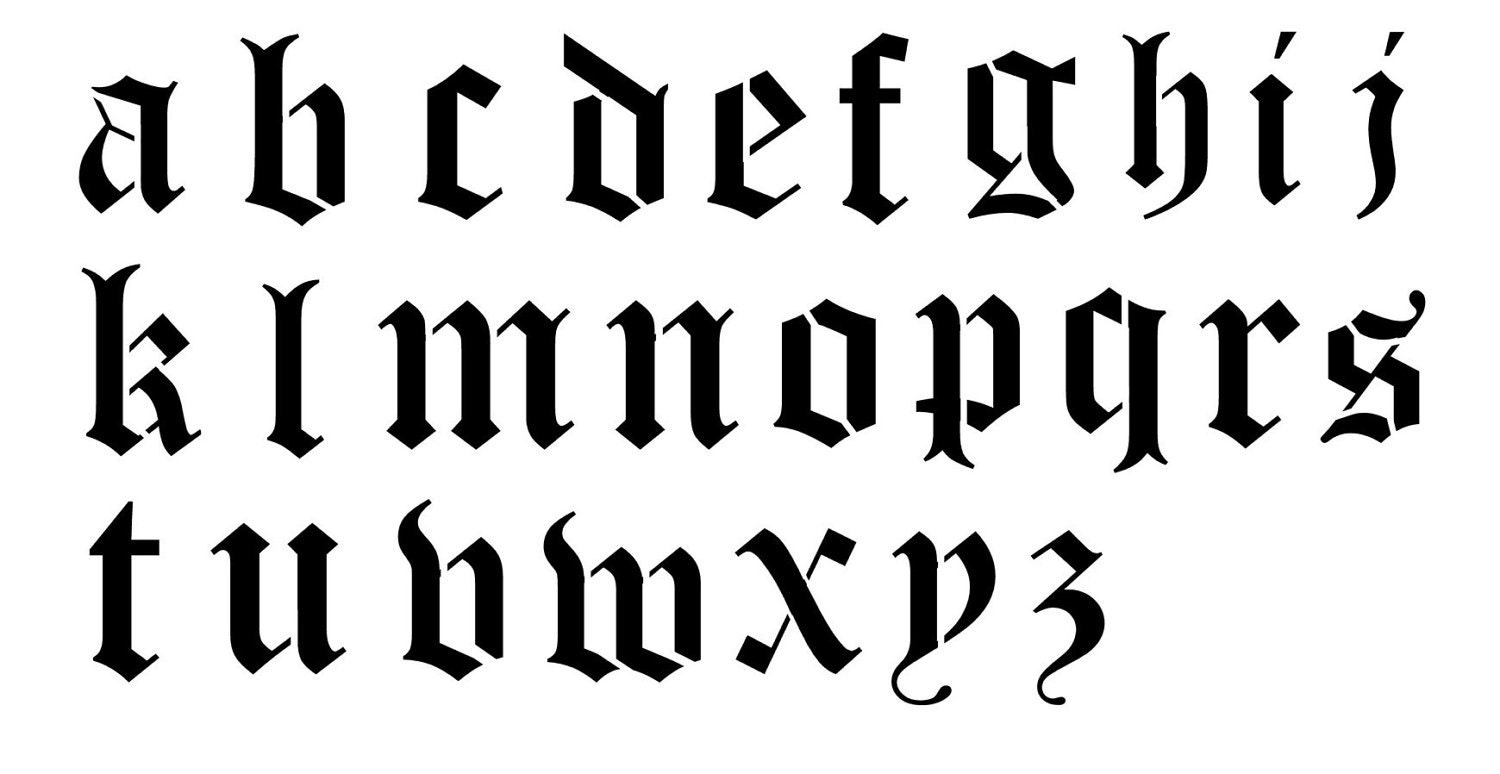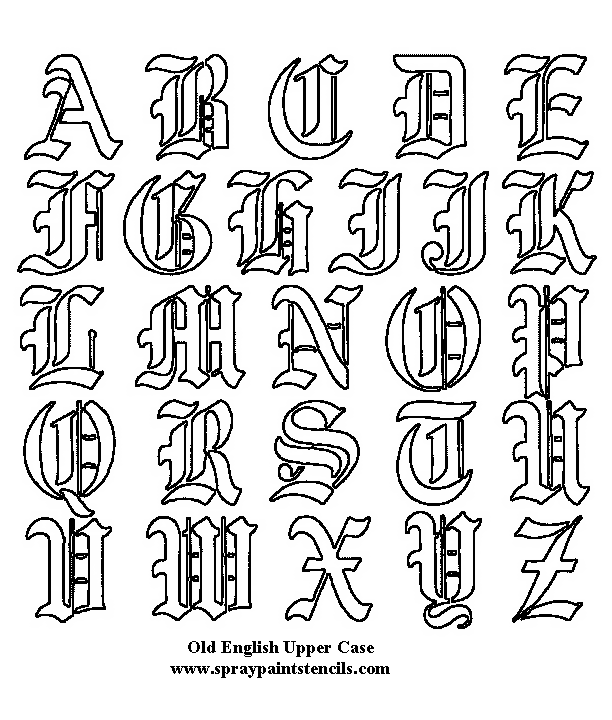


The novel forms are aitch, a regular development of Medieval Latin acca jay, a new letter presumably vocalized like neighboring kay to avoid confusion with established gee (the other name, jy, was taken from French) vee, a new letter named by analogy with the majority double-u, a new letter, self-explanatory (the name of Latin V was ū) wye, of obscure origin but with an antecedent in Old French wi izzard, from the Romance phrase i zed or i zeto "and Z" said when reciting the alphabet and zee, an American levelling of zed by analogy with other consonants. Affects A, B, C, D, E, G, H, I, K, O, P, T, and presumably Y.

The regular phonological developments (in rough chronological order) are: The names of the letters are for the most part direct descendants, via French, of the Latin (and Etruscan) names.

For a letter as a letter, the letter itself is most commonly used, generally in capitalized form, in which case the plural just takes -s or -'s (e.g. Plurals of vowel names also take -es (i.e., aes, ees, ies, oes, ues), but these are rare. Plurals of consonant names are formed by adding -s (e.g., bees, efs or effs, ems) or -es in the cases of aitches, esses, exes. The spellings listed below are from the Oxford English Dictionary. The names of the letters are commonly spelled out in compound words and initialisms (e.g., tee-shirt, deejay, emcee, okay, etc.), derived forms (e.g., exed out, effing, to eff and blind, aitchless, etc.), and objects named after letters (e.g., en and em in printing, and wye in railroading). Problems playing this file? See media help.


 0 kommentar(er)
0 kommentar(er)
